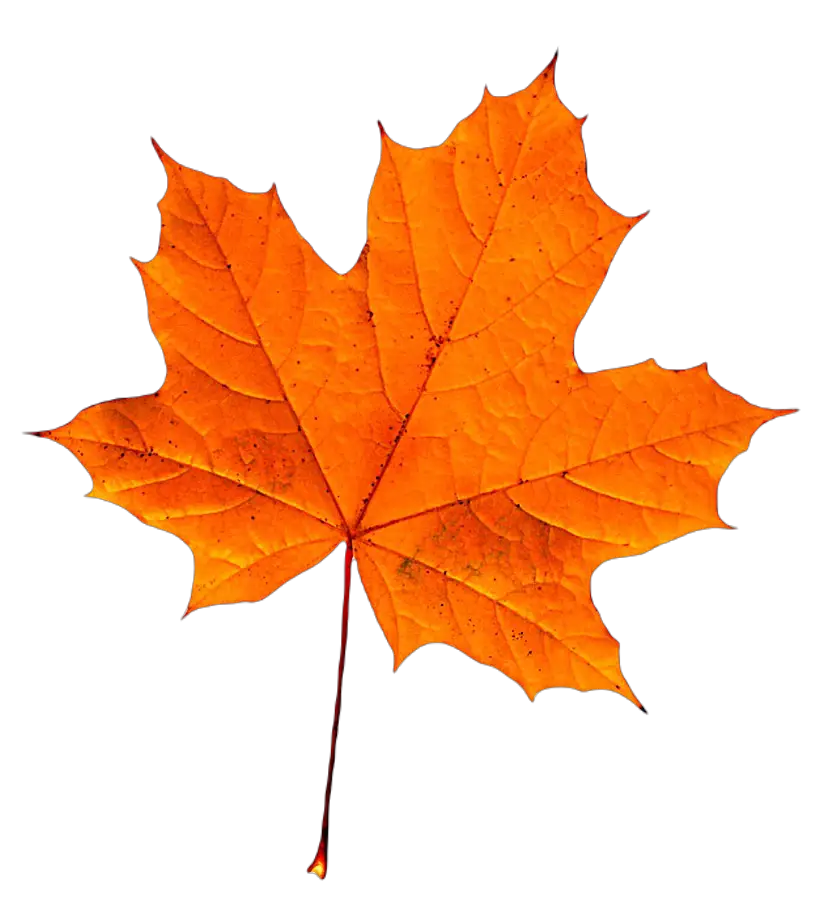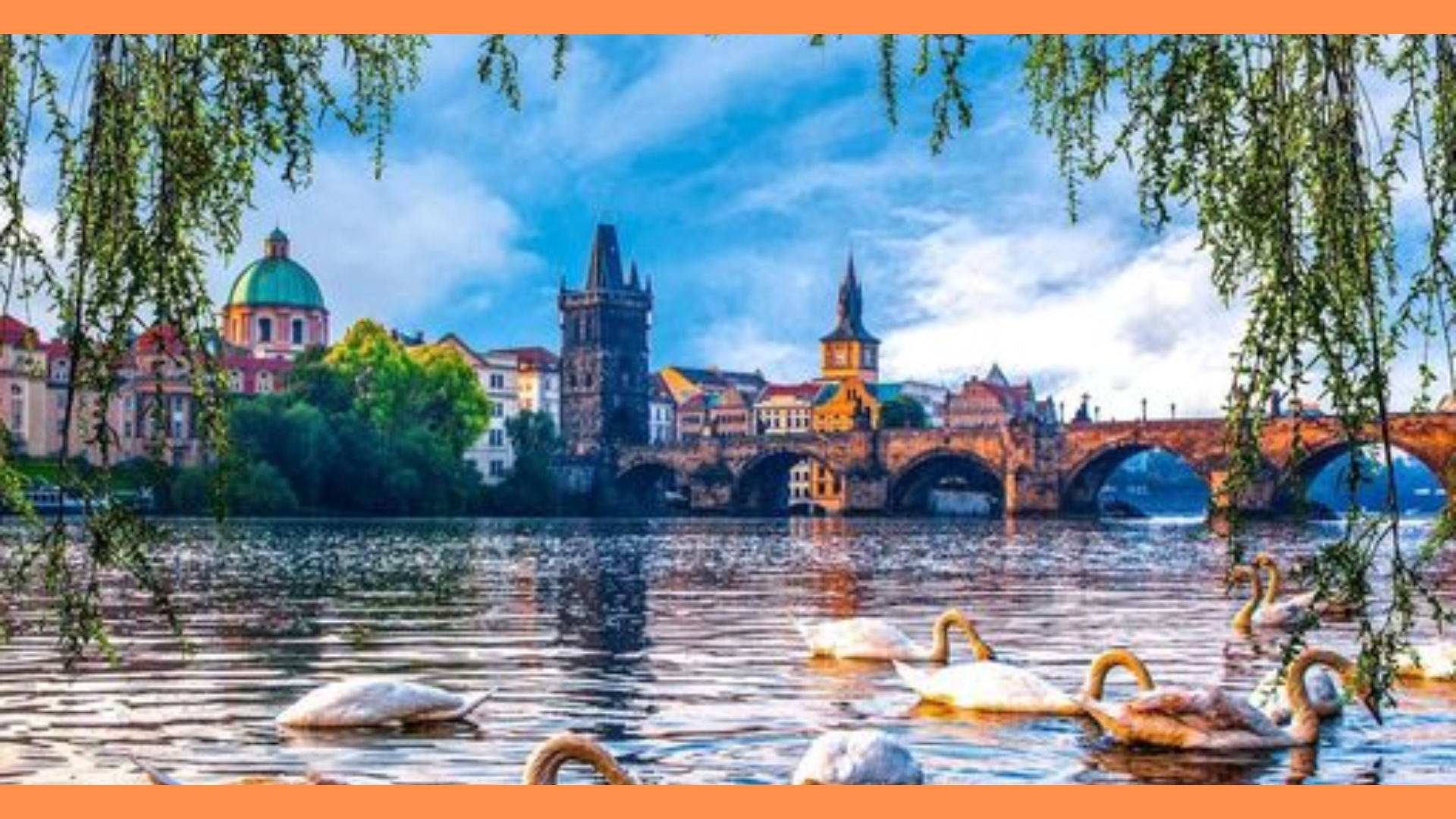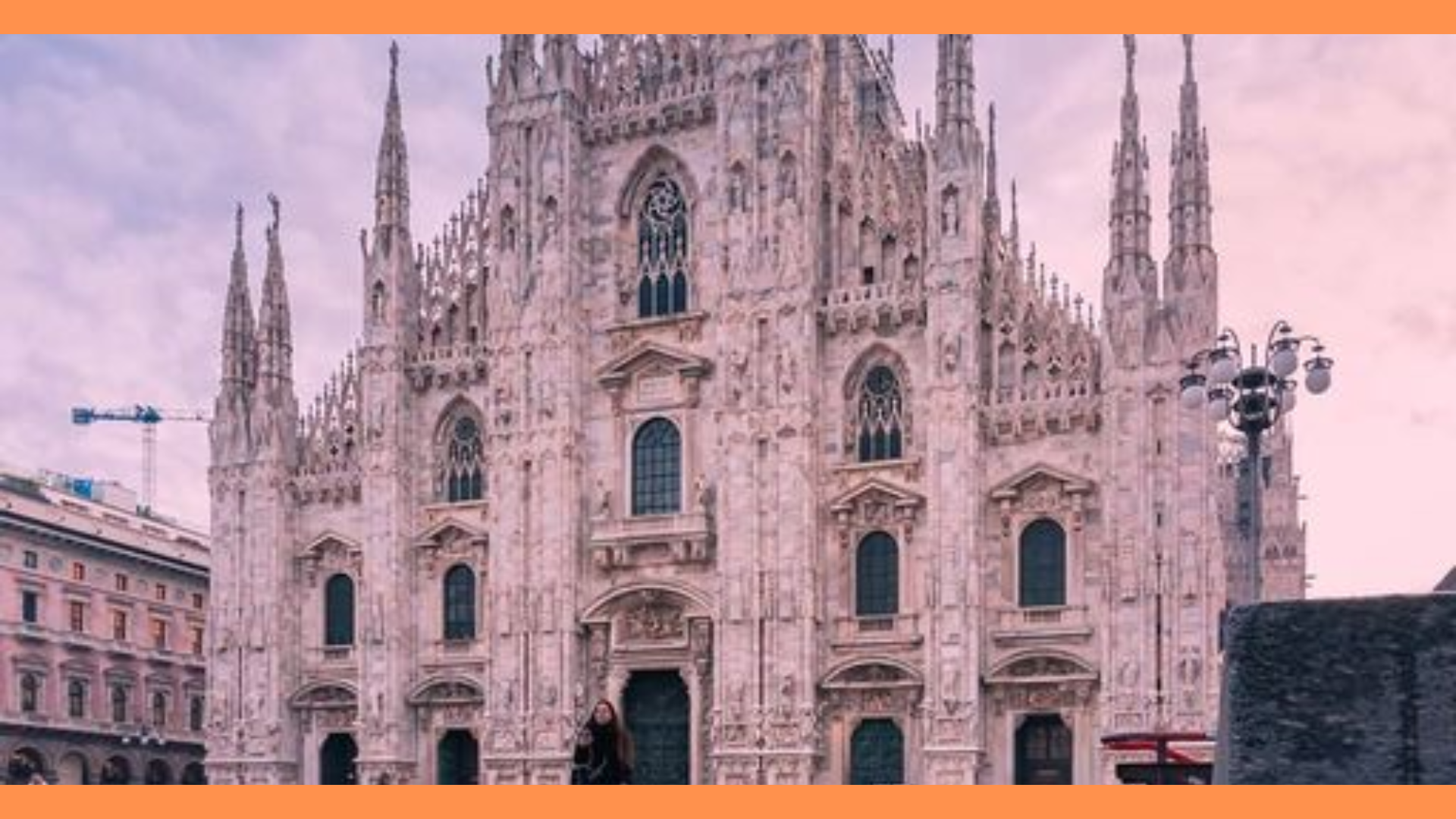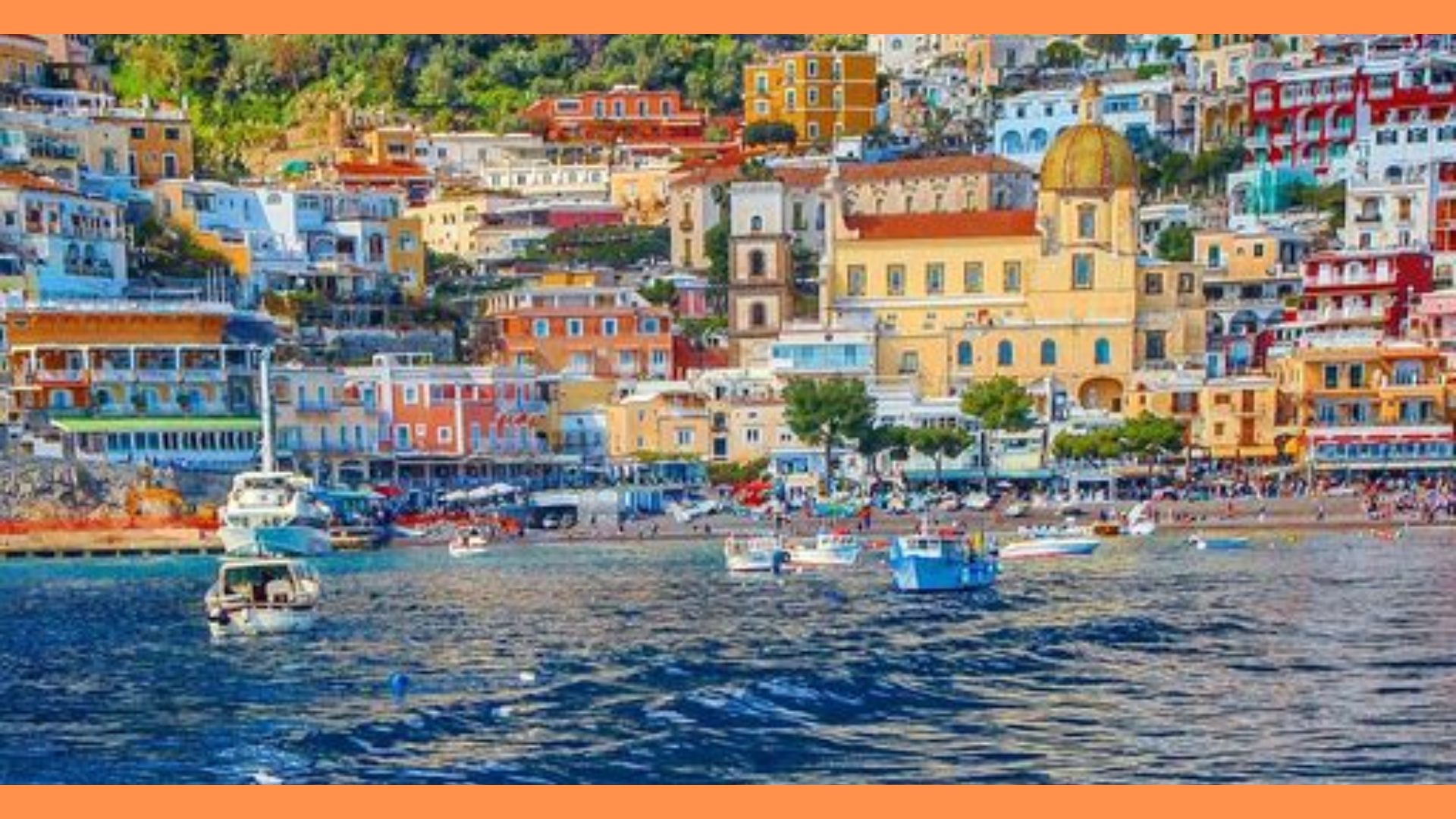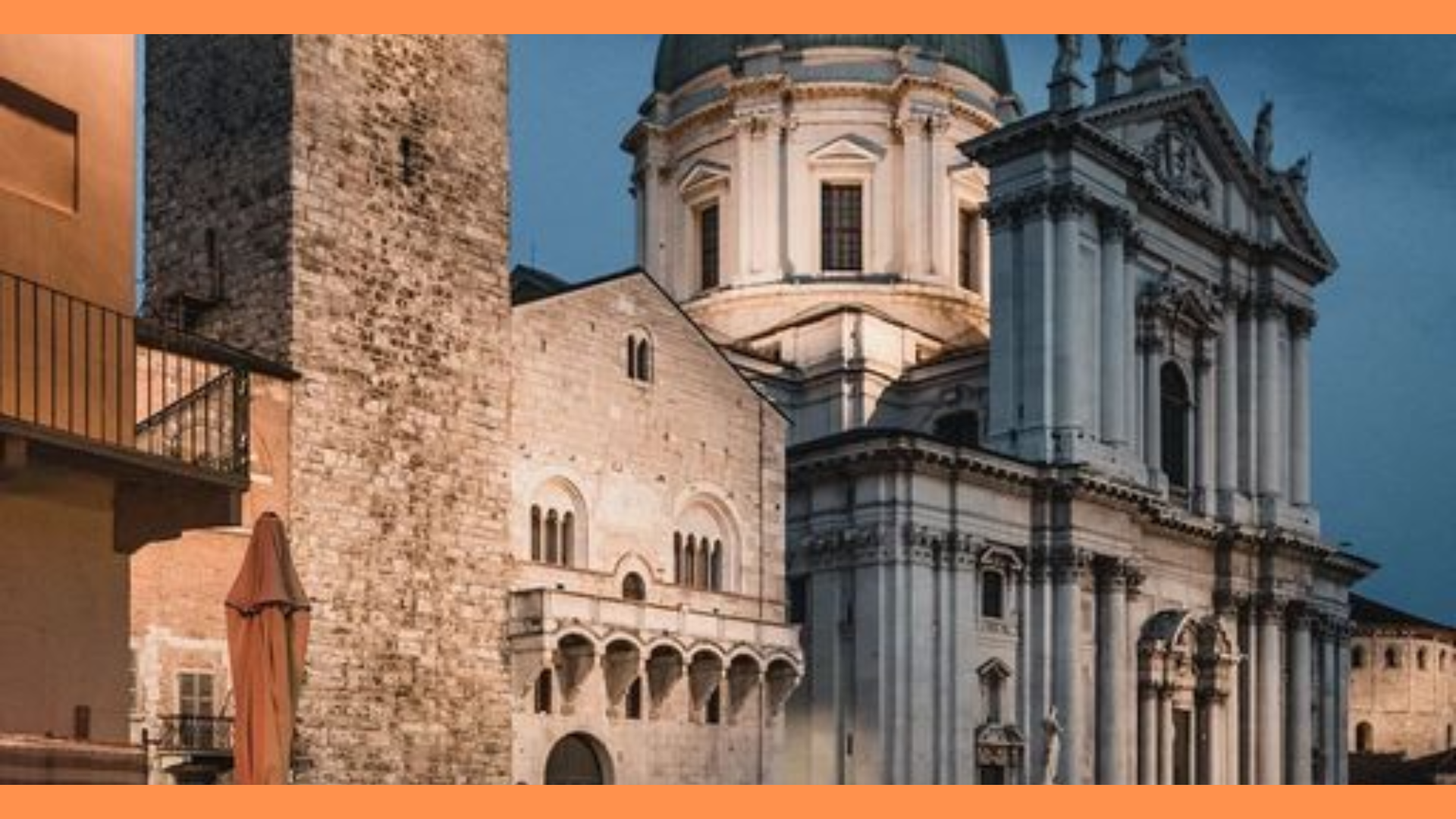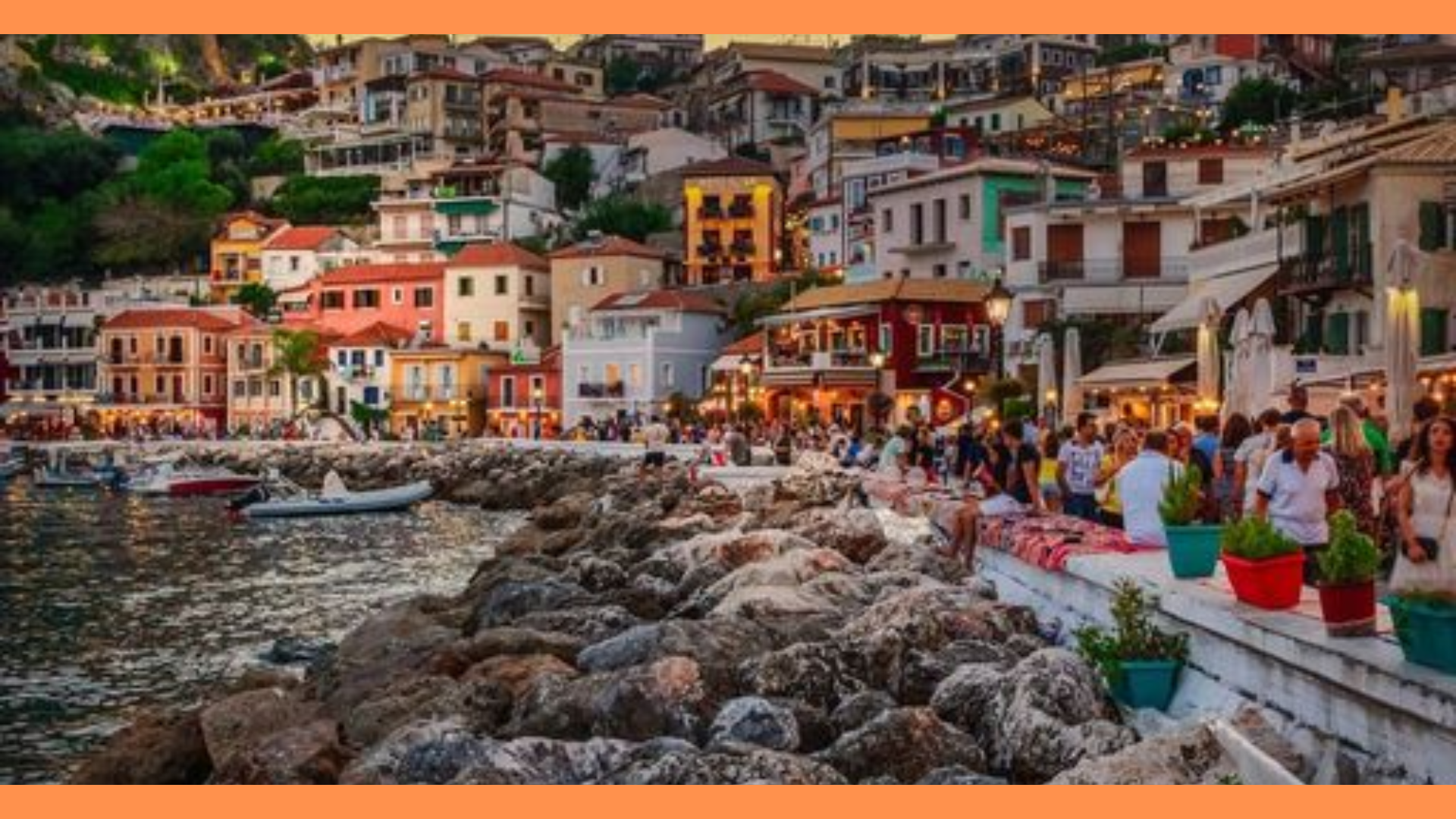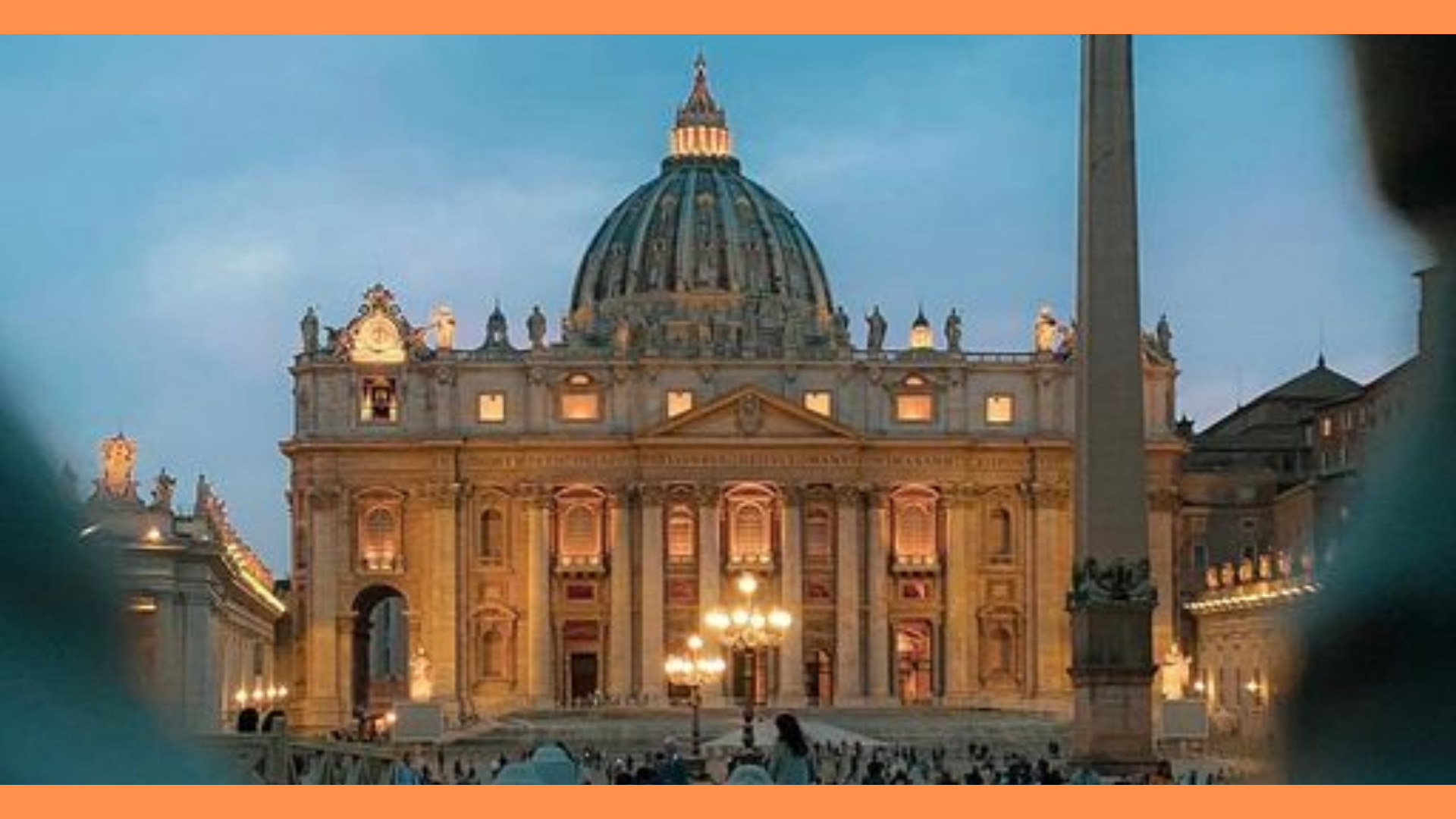Tuscany, a central Italian region, is renowned for its stunning landscapes, historic cities, and rich cultural heritage. The region offers a range of travel destinations including major cities, charming small towns, and scenic countryside. Tuscan cuisine, known for its traditional dishes, local specialties, and regional ingredients, reflects the area’s deep culinary traditions.
I. Introduction
Tuscany is a central region of Italy known for its picturesque landscapes, rolling hills, and rich historical heritage. It is celebrated for its Renaissance art, historic architecture, and breathtaking natural beauty.
A. Overview of Tuscany
Location: Nestled in the central part of Italy, Tuscany (Toscana) is a region celebrated for its distinctive geography and cultural wealth. Spanning from the Apennine Mountains in the east to the Tyrrhenian Sea in the west, Tuscany is characterized by its rolling hills, lush vineyards, and olive groves. The region’s varied landscape is dotted with charming medieval towns and cities, each adding to the region’s allure.
Historical and Cultural Significance: Tuscany is renowned as the birthplace of the Renaissance, a period of immense cultural and intellectual growth that began in the 14th century. The region’s capital, Florence, was a major center of art and learning during this era, and its influence can still be seen in the remarkable art and architecture that defines Tuscany today. The region’s history stretches back to the Etruscans and Romans, leaving a rich tapestry of historical sites and artifacts that attract history enthusiasts and cultural travelers alike.
B. Importance as a Travel Destination
Blend of Natural Beauty and Historical Charm: Tuscany offers an exceptional combination of natural beauty and historical significance. The countryside is dotted with vineyards and olive groves, creating a serene and picturesque landscape that has inspired countless artists and poets. The region’s historic cities are home to world-renowned art and architectural marvels, making Tuscany a must-visit destination for those interested in both natural splendor and cultural heritage.
Cultural and Culinary Richness: Beyond its visual and historical appeal, Tuscany is celebrated for its rich cultural and culinary traditions. The region is a treasure trove of Renaissance art and architecture, with cities like Florence, Siena, and Pisa showcasing masterpieces from artists such as Leonardo da Vinci, Michelangelo, and Botticelli. Tuscany’s culinary scene is equally impressive, offering a variety of traditional dishes and local wines that reflect the region’s agricultural heritage. From hearty pasta dishes to world-class wines, Tuscany’s cuisine is a vital part of the travel experience.
II. Travel Destinations in Tuscany
Tuscany is home to several historic cities, charming small towns, scenic landscapes, and cultural experiences. Key destinations include Florence, Siena, Pisa, and the Chianti region, among others.
A. Historic Cities and Towns
Florence
- Description: Florence, the capital of Tuscany, is a city of unparalleled artistic and architectural heritage. As the cradle of the Renaissance, it boasts a wealth of historical landmarks and world-class museums. The city is renowned for its elegant streets, stunning palaces, and vibrant cultural scene.
- Key Attractions:
- Uffizi Gallery: One of the most famous art museums in the world, the Uffizi Gallery houses an extensive collection of Renaissance masterpieces, including works by Botticelli, Michelangelo, and Leonardo da Vinci.
- Florence Cathedral: Also known as the Cathedral of Santa Maria del Fiore, this iconic structure is famous for its impressive dome designed by Filippo Brunelleschi and its intricate façade.
- Ponte Vecchio: This historic bridge over the Arno River is lined with jewelry shops and offers picturesque views of the city. It has been a landmark in Florence since the 14th century.
Siena
- Description: Siena is a medieval city renowned for its well-preserved architecture and historic charm. Known for its distinctive Gothic buildings and the famous Palio horse race, Siena offers a glimpse into Italy’s medieval past.
- Key Attractions:
- Piazza del Campo: The heart of Siena, this shell-shaped square is the site of the Palio and is surrounded by beautiful medieval buildings, including the Palazzo Pubblico.
- Siena Cathedral: A stunning example of Italian Romanesque-Gothic architecture, the cathedral features a striped marble façade and intricate interior decorations.
- Torre del Mangia: This tall, slender tower offers panoramic views of Siena and the surrounding countryside. It is part of the Palazzo Pubblico and was built in the 14th century.
Pisa
- Description: Pisa is famous worldwide for its Leaning Tower, but it also boasts a rich history and other significant landmarks. The city’s university is one of the oldest in Italy, and its historical center is filled with architectural marvels.
- Key Attractions:
- Leaning Tower of Pisa: The iconic tower is known for its unintended tilt and is part of the Piazza dei Miracoli, which includes several other important buildings.
- Piazza dei Miracoli: This square is home to the Leaning Tower, as well as the Pisa Cathedral and Baptistery. The area is a UNESCO World Heritage Site.
- Pisa Cathedral: An exemplary piece of Romanesque architecture, the cathedral features a stunning façade and an impressive interior adorned with mosaics and sculptures.
B. Countryside and Small Towns
San Gimignano
- Description: San Gimignano, often referred to as the “Medieval Manhattan,” is renowned for its striking medieval towers. The town’s historical center, a UNESCO World Heritage Site, has been remarkably well-preserved and provides a picturesque setting.
- Key Attractions:
- Towers of San Gimignano: The town is famous for its numerous towers, which were built by wealthy families during the medieval period as symbols of their power.
- Collegiate Church of San Gimignano: This church features beautiful frescoes and is a key landmark in the town’s historical center.
Montepulciano
- Description: Montepulciano is a hilltop town known for its Renaissance architecture and excellent wine. The town’s historic buildings and scenic views make it a charming destination for visitors.
- Key Attractions:
- Piazza Grande: The main square of Montepulciano, surrounded by important buildings including the Town Hall and the Cathedral.
- Montepulciano Wine Cellars: The town is famous for its Vino Nobile di Montepulciano, a high-quality red wine produced in the region. Wine tastings and tours offer insights into the local winemaking traditions.
Chianti Region
- Description: The Chianti region is renowned for its wine production and stunning landscapes. The rolling hills, vineyards, and olive groves create a picturesque backdrop for visitors exploring the region’s villages and wineries.
- Key Attractions:
- Vineyards: The Chianti area is known for its vineyards, where visitors can tour wineries and sample Chianti Classico wines.
- Greve in Chianti: A charming village in the heart of the Chianti region, known for its local markets and traditional Tuscan atmosphere.
C. Scenic Attractions
Val d’Orcia
- Description: The Val d’Orcia is a region of Tuscany known for its breathtaking landscapes, including rolling hills, cypress-lined roads, and charming villages. The area is a UNESCO World Heritage Site and offers a quintessential Tuscan experience.
- Key Attractions:
- Pienza: A small town renowned for its Renaissance architecture and its role in the development of urban planning. It is also famous for its Pecorino cheese.
- Montalcino: Known for its Brunello di Montalcino wine, this town offers scenic views and wine tasting opportunities.
Tuscan Coast
- Description: The Tuscan coast features beautiful beaches and seaside towns, offering a different experience from the inland countryside. The coastal area is perfect for those seeking relaxation and maritime activities.
- Key Attractions:
- Forte dei Marmi: A luxurious beach town known for its upscale resorts, stylish boutiques, and beautiful sandy beaches.
- Viareggio: Famous for its long sandy beaches, art deco architecture, and lively carnival celebrations.
D. Cultural Experiences
Local Festivals
- Florence’s Scoppio del Carro: This annual event, known as the “Explosion of the Cart,” involves a historic cart being ignited to ensure a good harvest. It features elaborate parades and fireworks.
- Siena’s Palio: Held twice a year in Piazza del Campo, the Palio is a thrilling horse race involving the city’s contrade (neighborhoods), accompanied by vibrant festivities and historical reenactments.
Artisan Shops and Markets
- Florence’s San Lorenzo Market: A bustling market famous for its leather goods, local crafts, and delicious street food. It’s a great place to find souvenirs and experience local culture.
- Tuscan Vineyards: Wine tours and tastings in the Chianti region and other parts of Tuscany offer a deep dive into the region’s winemaking traditions and the opportunity to sample some of the finest wines Italy has to offer.
III. Cuisine of Tuscany
Tuscany’s cuisine is characterized by its traditional dishes, local specialties, regional ingredients, and desserts. Key dishes include Bistecca alla Fiorentina, Ribollita, and Pici Cacio e Pepe. Local specialties feature Lampredotto, Cantucci, and Schiacciata, while regional ingredients like olive oil, Chianti wine, and truffles play a significant role. Desserts such as Panforte, Ricciarelli, and Zuppa Inglese complete the culinary experience.
A. Traditional Dishes
Bistecca alla Fiorentina
- Description: Bistecca alla Fiorentina is a quintessential Tuscan dish renowned for its simplicity and robust flavor. This T-bone steak is typically sourced from Chianina cattle, a breed native to Tuscany. It’s a celebration of high-quality meat, cooked with minimal seasoning to let its natural flavors shine.
- Preparation: The steak is seasoned with just salt, pepper, and a drizzle of high-quality extra virgin olive oil. It’s then grilled over a charcoal fire to achieve a perfect crust while maintaining a rare to medium-rare interior. The traditional preparation involves grilling the steak to an internal temperature that ensures a juicy, tender center. The steak is often served with a side of arugula or roasted potatoes, and occasionally garnished with a squeeze of fresh lemon.
Ribollita
- Description: Ribollita is a classic Tuscan soup, deeply rooted in the region’s culinary history. This hearty and nutritious dish is a prime example of cucina povera, or “poor cooking,” utilizing humble ingredients to create a rich, satisfying meal.
- Ingredients: The soup primarily features kale, cannellini beans, carrots, onions, and stale bread. The bread is crucial as it absorbs the flavors of the soup and thickens the broth. The preparation involves sautéing vegetables, adding beans and broth, and simmering until all ingredients meld together. The soup is typically reheated (reboiled) the next day, which enhances its flavors, hence the name “ribollita,” meaning “reboiled.”
Pici Cacio e Pepe
- Description: Pici Cacio e Pepe is a simple yet delicious pasta dish that exemplifies Tuscan culinary elegance. Pici is a traditional, hand-rolled pasta from the region, distinguished by its thick, chewy texture.
- Preparation: The dish is prepared by tossing the pici pasta with a sauce made from Pecorino Romano cheese and freshly ground black pepper. The cheese is melted with a bit of pasta cooking water to create a creamy sauce that coats the pasta perfectly. The result is a dish that is both hearty and satisfying, with a rich, savory flavor profile enhanced by the sharpness of the Pecorino and the warmth of the pepper.
B. Local Specialties and Street Food
Lampredotto
- Description: Lampredotto is a traditional Florentine street food that showcases Tuscany’s penchant for using all parts of the animal. Made from the fourth stomach of a cow, known as the abomasum, it’s a beloved local specialty.
- Serving: Lampredotto is typically served in a sandwich, called a “panino,” with salsa verde (a parsley-based sauce) and sometimes a splash of broth. The meat is slowly cooked and then shredded, providing a rich and flavorful filling. The sandwich is often enjoyed as a snack or quick meal, and it’s a staple in Florence’s street food scene.
Cantucci
- Description: Cantucci, also known as cantucci or biscotti di Prato, are traditional Tuscan almond biscuits. They are twice-baked to achieve a dry, crunchy texture, making them perfect for dipping in wine.
- Preparation: The dough is made with almonds, flour, sugar, and eggs. Once baked, the biscuits are sliced and baked again to achieve their signature crispiness. Cantucci are traditionally enjoyed with Vin Santo, a sweet dessert wine from Tuscany, which complements the biscuit’s nutty sweetness.
Schiacciata
- Description: Schiacciata is a Tuscan flatbread that’s a staple in the region’s cuisine. It’s known for its light, airy texture and is seasoned simply with olive oil and salt.
- Variations: The basic version is often enjoyed plain or with a sprinkle of rosemary. However, it can also be stuffed with a variety of fillings such as cheese, ham, or herbs. Schiacciata is versatile and can be served as a snack, appetizer, or accompaniment to meals.
C. Regional Ingredients and Products
Olive Oil
- Description: Tuscan extra virgin olive oil is renowned for its exceptional quality and flavor. The region’s climate and soil conditions are ideal for olive cultivation, resulting in oils with distinct fruity, peppery notes.
- Uses: Olive oil is a cornerstone of Tuscan cooking, used in a wide range of dishes from salads and pasta to soups and roasted meats. It’s also enjoyed on its own, drizzled over bread or vegetables.
Chianti Wine
- Description: Chianti wine, produced in the Chianti region of Tuscany, is one of Italy’s most famous red wines. It is known for its robust flavor and versatility, making it a favorite accompaniment to a variety of dishes.
- Pairings: Chianti’s bold, tannic structure pairs well with hearty Tuscan fare, such as grilled meats, pasta with rich sauces, and aged cheeses. The wine’s notes of cherry, plum, and spice complement the region’s cuisine beautifully.
Truffles
- Description: Truffles are a prized ingredient found in the forests of Tuscany, particularly in the regions around San Miniato. These subterranean fungi are known for their intense, aromatic flavor.
- Uses: Truffles are used to enhance a variety of dishes, including pasta, risotto, and even scrambled eggs. They can be shaved fresh over dishes or incorporated into sauces and spreads to impart their distinctive earthy aroma.
D. Desserts and Sweets
Panforte
- Description: Panforte is a traditional Tuscan fruitcake that dates back to the Middle Ages. It is rich and dense, made with a combination of nuts, dried fruits, and spices.
- Serving: This cake is typically enjoyed during the holiday season and festive occasions. It is often dusted with powdered sugar and can be served in thin slices. Its robust flavor and chewy texture make it a satisfying end to a meal.
Ricciarelli
- Description: Ricciarelli are soft almond cookies that originated in Siena. Made with almond paste, sugar, and egg whites, these cookies have a delicate, chewy texture.
- Preparation: The dough is shaped into rounds, baked, and then dusted with powdered sugar to give them a snowy appearance. Ricciarelli are a popular treat during the holiday season but can be enjoyed year-round with a cup of coffee or tea.
Zuppa Inglese
- Description: Zuppa Inglese is a traditional Tuscan dessert that resembles a trifle. It features layers of sponge cake (savoiardi) soaked in liqueur and alternating layers of custard.
- Ingredients: The dessert typically includes a mix of custard flavors, often enhanced with fruit or chocolate. The layers are assembled in a dish and chilled until set, resulting in a rich and creamy dessert with a delightful combination of textures and flavors.
Tuscany’s cuisine offers a rich tapestry of flavors and traditions, reflecting its historical depth and regional diversity. From hearty traditional dishes to exquisite local specialties and world-renowned ingredients, Tuscany’s culinary landscape is a testament to the region’s enduring cultural heritage.
